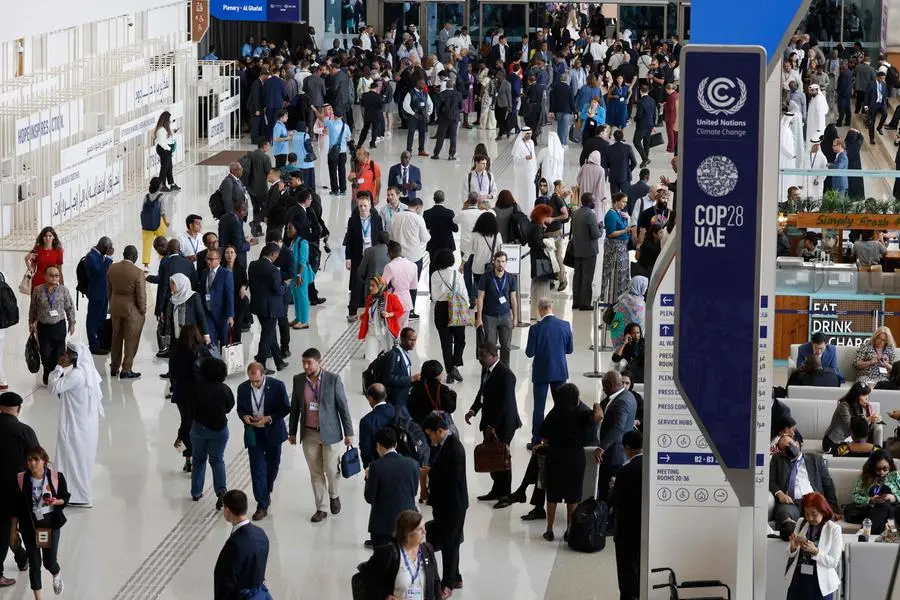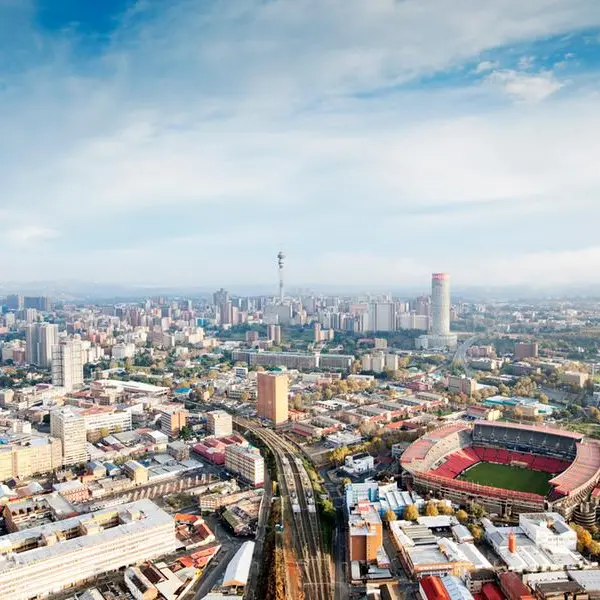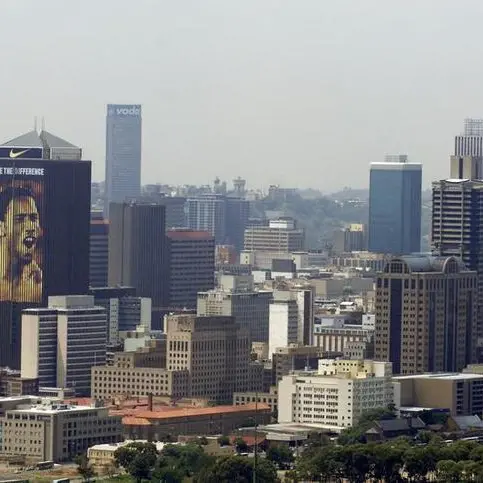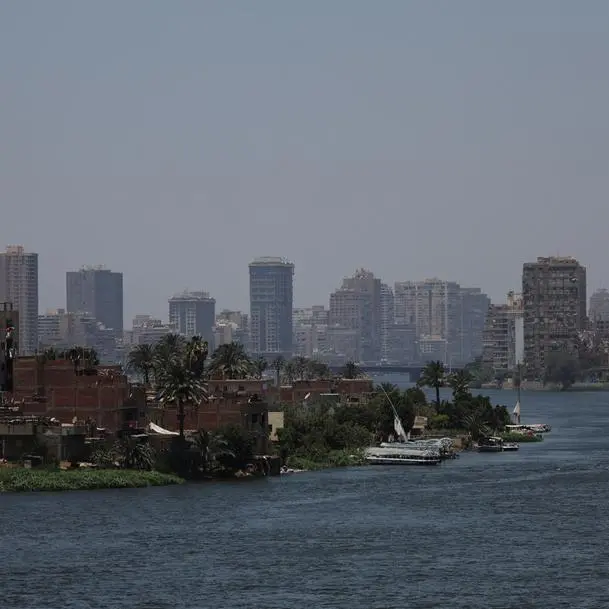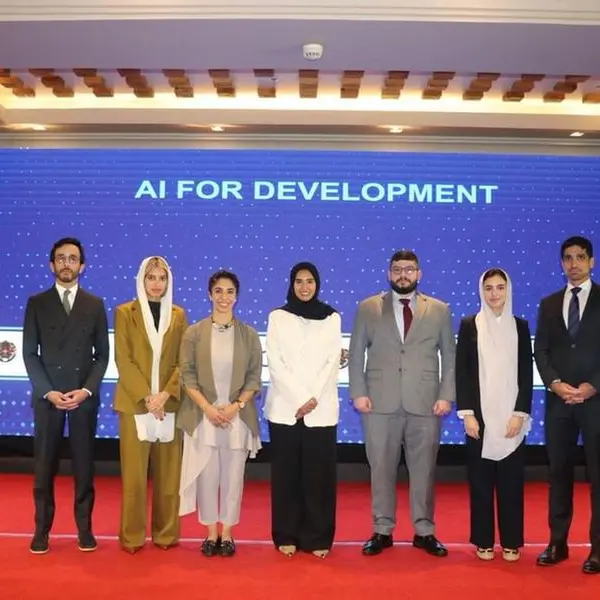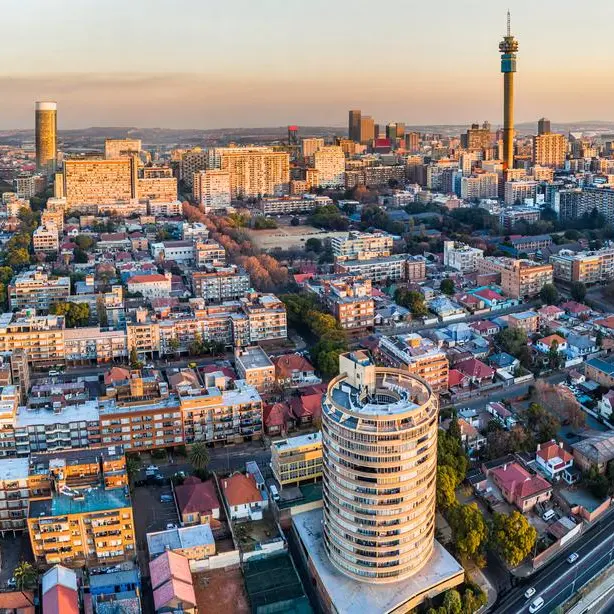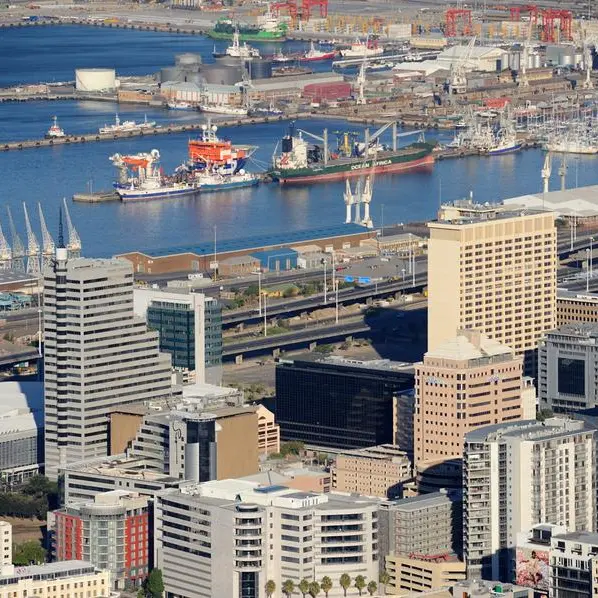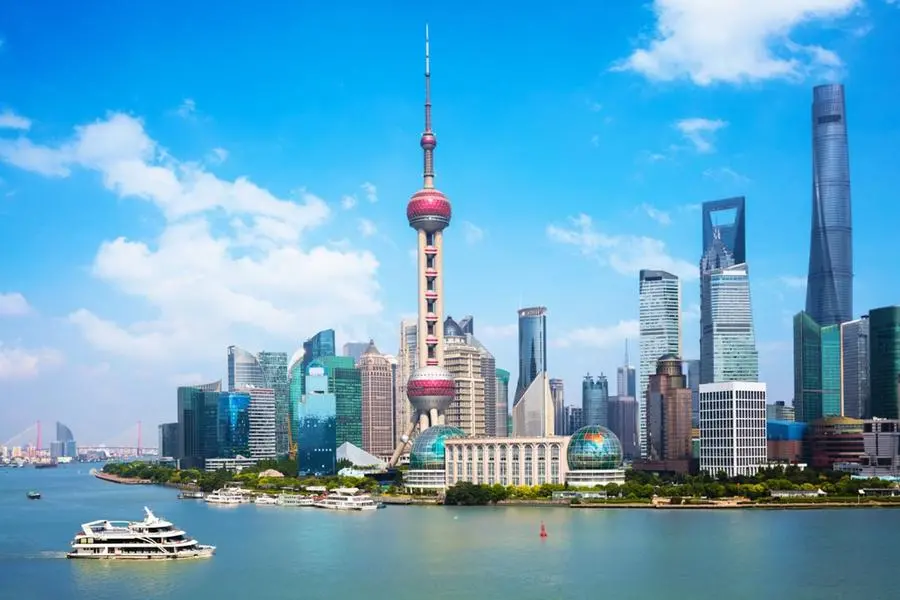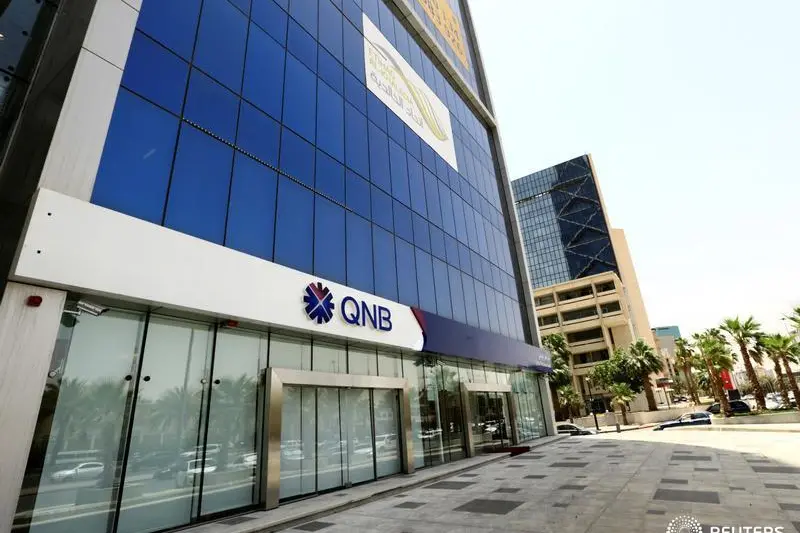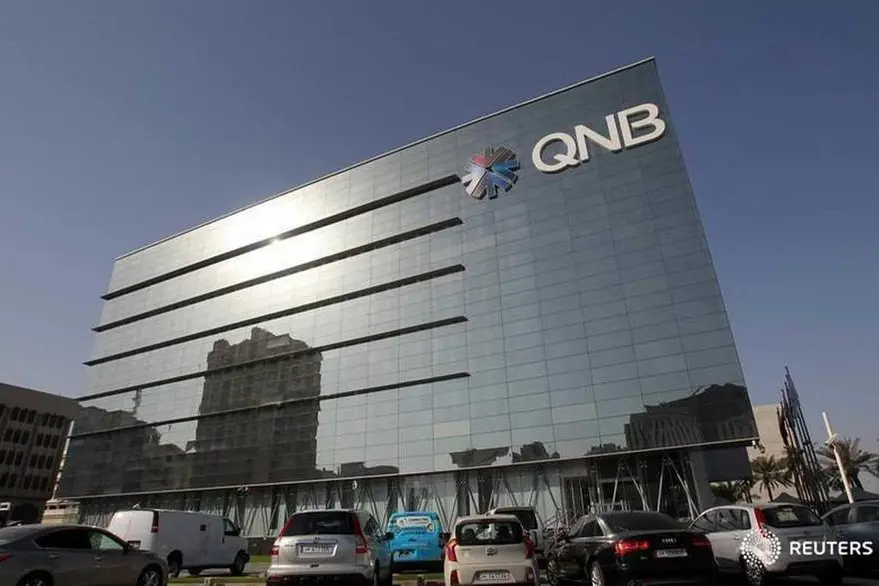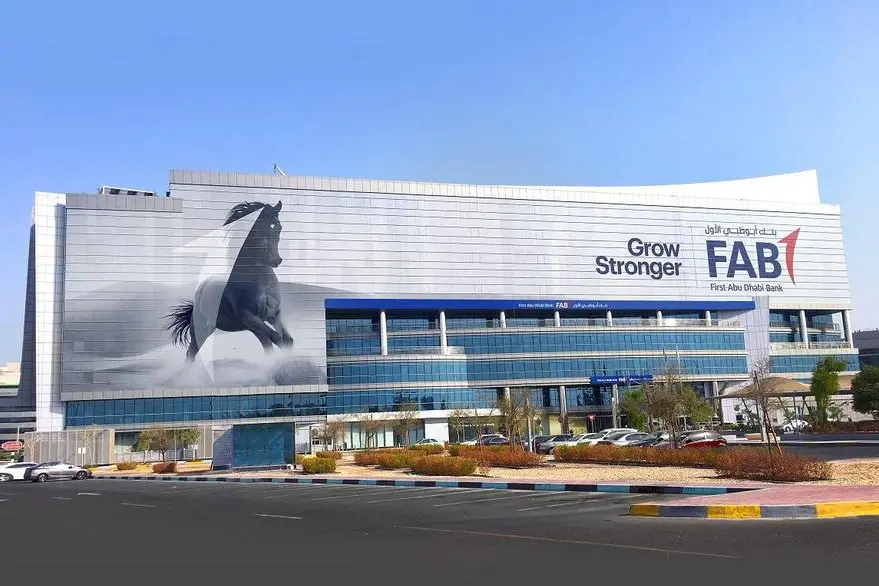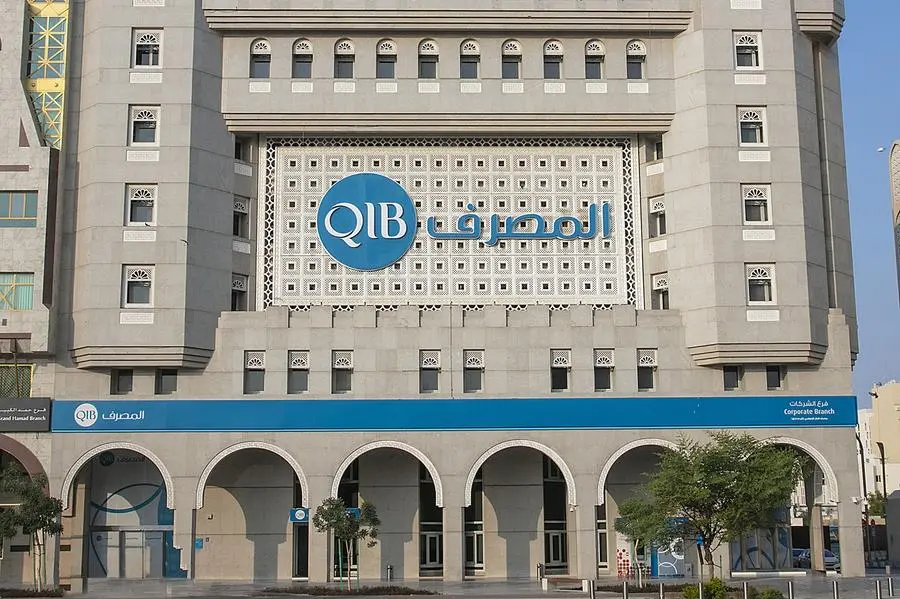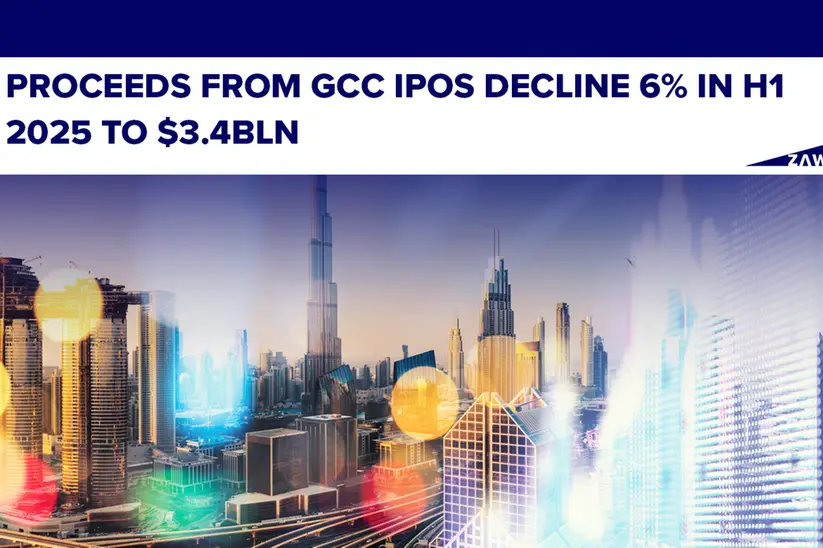PHOTO
People walk in a hallway at the venue of the COP28 United Nations climate summit in Dubai on December 1, 2023. World leaders take centre stage at UN climate talks in Dubai on December 1, under pressure to step up efforts to limit global warming as the Israel-Hamas conflict casts a shadow over the summit. (Photo by Ludovic MARIN / AFP)
DUBAI - COP28’s Climate Innovation Forum brought together the world’s technology leaders in a series of talks exploring cutting-edge solutions to tackle the global climate crisis, including artificial intelligence (AI), satellite technology, big data, clean energy, industrial decarbonisation, low-carbon hydrogen, and more.
Attending the Climate Innovation Forum were key leaders in the technology and sustainability fields, including Omar bin Sultan Al Olama, Minister of State for Artificial Intelligence, Digital Economy, and Remote Work Applications; Bill Gates, Founder of Breakthrough Energy and Co-chair of Bill and Melinda Gates Foundation; Arvind Krishna, CEO of IBM; Kate Brandt; Chief Sustainability Officer of Google; Elisabeth Gaines, Non-Executive Director and Global Green Ambassador at Fortescue Metals; Brad Smith, Vice Chair and President at Microsoft, among several others including multiple Breakthrough Energy portfolio companies.
Convening in Dubai, a city which itself is one of the world’s leading technology hubs, the Climate Innovation Forum opened with an address by Al Olama, who said, “We are confronted with two distinct paths—one of hope and opportunity and the other in potential catastrophe. The potential for a technological revolution underpinned by environmental responsibility could lead us to a carbon-neutral future, reshaping our utilisation of Earth's resources to achieve progress and preservation simultaneously.”
“Developing and scaling the solutions necessary to support the global energy transition, at the speed required to meet our goals, will require unprecedented cross-sector collaboration,” said Adnan Amin, CEO of COP28. “It is an honour to bring together the best and the brightest in the technology world to rally around the shared objective of driving climate progress. We must ensure that the decisions made here at COP28 are translated into practical real-world action and technology will play a pivotal role in making sure that happens.”
That session was followed by a fireside between Omar Sultan Al Olama and Aravind Krisha, CEO of IBM, where they spoke about a broad range of topics including the applications of AI and quantum computing and how they can help solve climate change issues, especially those facing the global south.
Kate Brandt, Google’s Chief Sustainability Officer then spoke about moonshot thinking for climate action and highlighted an example where AI is currently being piloted with the Chilean government for grid management.
Google also announced the beta launch of GeoMap, a first-of-its-kind geothermal exploration tool, developed in partnership with Project InnerSpace.
Bill Gates closed the event with a fireside discussion alongside Eric Toone, Chief Technology Officer of Breakthrough Energy, and Amy Harder, Executive Editor of Cipher. During the session, they discuss the opportunities and the barriers to the scaling of climate solutions with Bill Gates saying, “Bringing down the green premium is key for the widespread adaption of climate technologies”.
During the event, both Google and Breakthrough Energy Catalyst also revealed new projects that strive to accelerate the development of clean technologies in support of the green energy transition. Project InnerSpace and Google announced GeoMap, a first-of-its-kind geothermal exploration tool, which is focused on expanding the use and adoption of geothermal energy worldwide. Breakthrough Energy Catalyst, alongside the European Commission and the European Investment Bank (“EIB”), announced partnership plans to mobilise up to €840 million of public and private funds to accelerate the deployment of emerging climate technologies.
Overall, the conference highlighted the importance of technology and innovation as critical enablers and accelerators across sectors and emphasised the need for wide-scale deployment and adoption to deliver significant impact in reducing or removing GHG emissions and bring scaling timelines closer. Challenges around the “green premium” ie the cost of implementing climate solutions were raised as well as the challenges around the sustainability of these technologies themselves.
